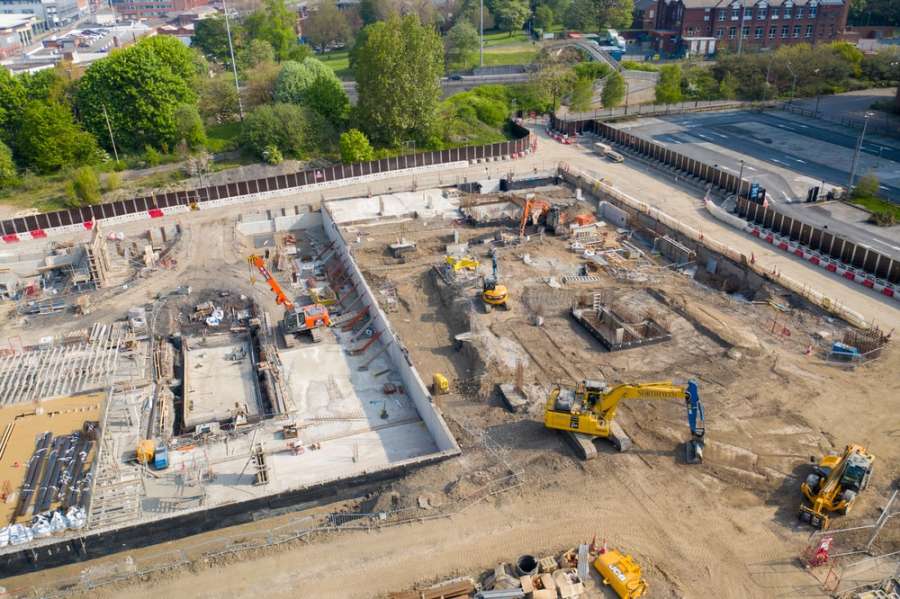Potential development sites are often blighted by restrictive covenants limiting the scale or type of development. Developers will therefore welcome the outcome of the recent case of HAE Developments Ltd v Croft Ealing Ltd and others [2022] UKUT 120 (LC), where the Upper Tribunal found in favour of a developer following their application for the discharge of various restrictive covenants.
The law of property act 1925
Section 84 of the Law of Property Act 1925 provides that a restrictive covenant can be discharged or modified in various circumstances, for example:
- Where the covenant is obsolete, such as where there has been a change in character of the surrounding neighbourhood.
- Where there are public interest implications – for example, where the covenant prevents reasonable use of the land and does not convey any real benefit to the entity with the benefit of the covenant.
- Where there is no injury to the entity with the benefit of the restrictive covenant.
The Tribunal will often consider the development plan and planning permissions granted in the area and will award compensation to the entity with the benefit of the covenant if they suffer loss as a result of an order to discharge or modify the covenant or if the market value of the property is adversely affected by such an order.

Getting planning permission
The developer, in this case, had applied for and obtained planning permission for the demolition of a two-storey property and the construction of a three-storey property housing eight flats.
The development site was subject to the following restrictive covenants:
- Not to erect any building other than one dwellinghouse with necessary outbuildings, garages, accommodation, and greenhouses.
- Not to use the property other than as a private dwellinghouse.
- Not to do any act or thing on the property which shall be a nuisance or annoyance to the occupiers of adjacent land.
The covenants benefitted the adjacent property, known as The Croft. The Croft was originally a Victorian House with a large garden, but the original property had been converted into 11 flats and 22 maisonettes within four three-storey blocks.
The proposed development would breach the restrictive covenants outlined above, and the developer, therefore, applied to the Tribunal for a discharge/modification of the covenants under s.84 of the LPA 1925. The freeholder of The Croft objected to the developer’s application.
Case outcome
The Tribunal found in favour of the developer. The main reasons for the Tribunal’s decisions were as follows:
- The restrictive covenants were obsolete as the neighbourhood had changed in character significantly since the restrictive covenants were put in place.
- There was a serious need for housing in the neighbourhood, and the restrictive covenant inhibited the reasonable use of the property for that purpose. Further, the restrictive covenant did not safeguard any benefit to the objectors.
- The restrictive covenants either did not protect the neighbours from nuisance caused by the construction works or, to the extent that they did, any objections were not valid given that the neighbours had already suffered similar disadvantages from nearby works.
In summary, the Tribunal discharged the first two restrictive covenants and found that the third did not need to be discharged as the proposed construction work would not result in a breach of that covenant.
However, the developer’s request that the Tribunal make an order that the other side pays their costs was refused on the basis that it was not unreasonable for the freeholder of The Croft to object to the application.

Take away points
The Tribunal’s decision is positive for developers. However, developers should be wary for several reasons, including:
- There is no guarantee that an application for discharge/modification will go in their favour, as outcomes can be very fact dependent. For example, whilst in this case, the Tribunal was of the view that the proposed construction work would not breach the third covenant, there is also case law where it has been held that a restrictive covenant prohibiting nuisance and annoyance would be breached by building works.
- Objections to applications for discharge may come from numerous sources, and dealing with those objections could be costly.
- If those objectors are successful and have not acted unreasonably, the Tribunal will usually make an order that the developer pays their costs.
- If a developer has the benefit of indemnity insurance, that policy may prohibit an s.84 application.
Therefore developers should:
- Investigate whether an indemnity policy is available early in the process. Whilst restrictive covenants are not usually considered in the planning process, objectors may use the restrictive covenants as a reason to oppose planning applications. This will mean that indemnity insurance is no longer available.
- Ensure that they do not contact any party which potentially has the benefit of the restrictive covenant.
Contact Our Property Litigation Solicitors
If you have any questions or would like more information regarding restrictive covenants, please get in touch with our Property Litigation Solicitors below.


